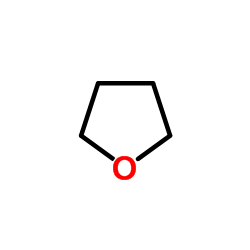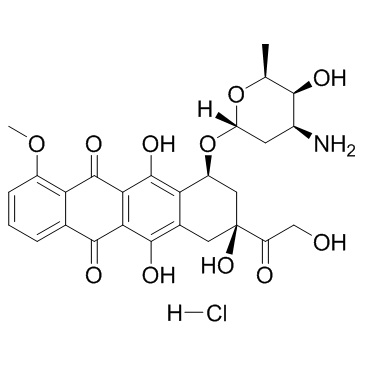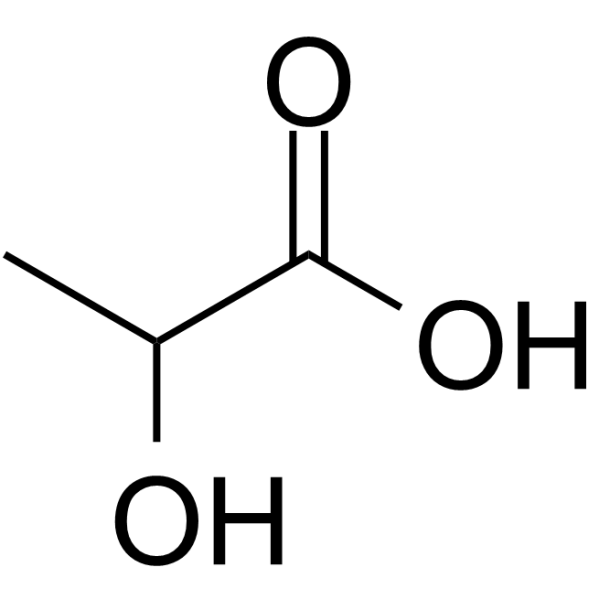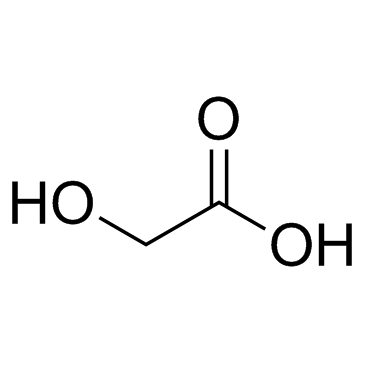| Structure | Name/CAS No. | Articles |
|---|---|---|
 |
1-(3-Dimethylaminopropyl)-3-ethylcarbodiimide hydrochloride
CAS:25952-53-8 |
|
 |
thf
CAS:109-99-9 |
|
 |
Doxorubicin Hydrochloride
CAS:25316-40-9 |
|
 |
Lactic acid
CAS:50-21-5 |
|
 |
dichloroethane
CAS:107-06-2 |
|
 |
Glycolic acid
CAS:79-14-1 |